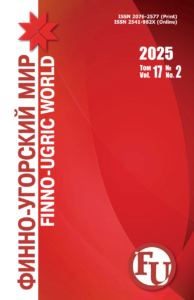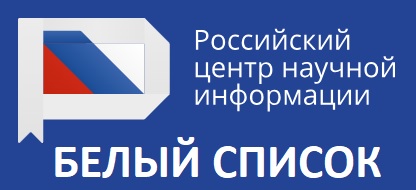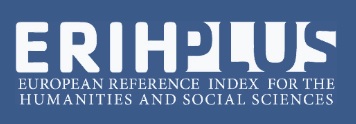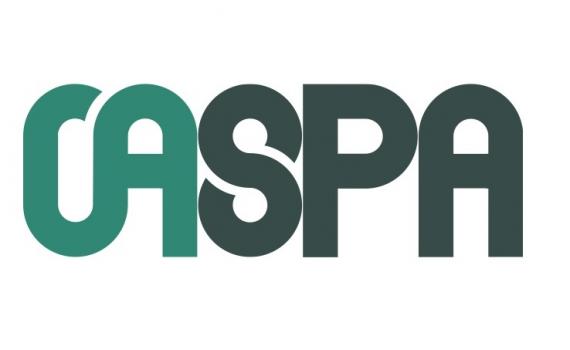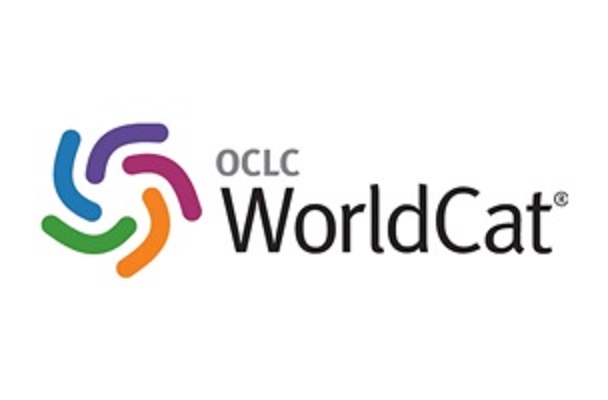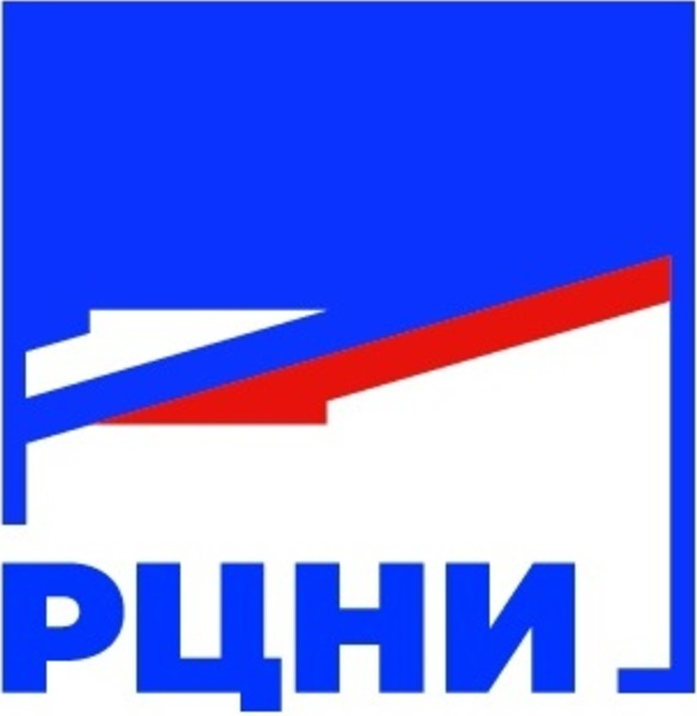It considers the area of interaction of the Ural peoples. It highlights: socio-cultural dynamics, problems of preservation of the Uralic languages and cultures, national movements, ethno-cultural processes and policies.
1. Bakhturina, A. Yu. (2004), Outskirts of the Russian Empire: public administration and national policies in the years of the First World War (1914–1917), Moscow: ROSSPEN.
2. Zherebcov, L. N. (1982), Komi historical and cultural relations with the neighboring peoples. X – beginning of XX century, Moscow.
3. Kanshaspuro, M. (1997), Rise and fall “Red Finns”, North, № 11.
4. Kirpichnikov, A. (2011), Backgrounds of the origins. Historical data of the 1150 anniversary of Russian statehood, Homeland, № 4.
5. Kryukov, A. V. (2007), On ethnic identity of Ingrian Finns and Izhora, Nestor. The Finno-Ugric peoples of Russia: (Problems of history and culture). Sources, research, historiography, Saint Petersburg, № 10.
6. Kulikov, K. I. (1993), Nation-building peoples of Eastern Finland in 1917–1937, Izhevsk.
7. Lallukka, S. (1997), East-Finnish peoples of Russia. Analysis of the ethno-demographic processes, Saint Petersburg.
8. Lenin, V. I. (1913–1914), On the right of nations to self-determination, Complete Works, 5th ed., V. 24, Moscow: Publishing House of the polit. Lit., p. 113–150.
9. Loginova, N. N., Rebrova, T. P. (2013), Demographic situation in the regions of compact residence of Finno-Ugric peoples of Russia, Ethnic worlds and cultural universals: Proceedings of International Conference, Saransk, 20 September, 2012, Saransk: Mordovian University Press, p. 122–128.
10. Loginova, N. N., Rebrova, T. P. (2014), Dynamics of ethno-demographic structure of the population in the region, Actual problems of the study of Finno-Ugric culture, a monograph, Saransk: Mordovia University Press, p. 124–129.
11. Loginova, N. N., Zhulina, M. A. (2011), Finno-Ugric peoples of the world and Russia: the geo-demographic aspect, Finno-Ugric world, 2/3 (8/9), p. 75–81.
12. Matveev, A. K. (1976), Substrate etymology of names and toponymic systems of modeling components, Questions of linguistics, № 3, p. 59–61.
13. Mullonen, I. I., Azarova, I. V., Gerd, A. S. (1997), Hydronyms dictionary of Southeast Priladozhje, Saint Petersburg: Saint Petersburg University Press.
14. Osipov, A., Sapozhnikov, R. (2004), Legislation of the Russian Federation on ethnicity. Conceptual framework, content, implementation issues (reference material), Problems of legal regulation of interethnic relations and anti-discrimination legislation in the Russian Federation, Moscow.
15. Pimenova, V. V. (ed.), (2007), Fundamentals of Ethnology, Moscow.
16. Razmoldin, M. L. (2011), On fundamentals difference between Black-Hundred and nationalist doctrines in Russia in the early twentieth century, Clio, № 2 (53).
17. Rozhkin, E. N., Shabayev, Yu. P. (2014), Monitoring of the situation in the sphere of interethnic relations in the Republic of Komi: Bulletin, Special edition, Syktyvkar.
18. The Russian nation. Formation and ethnocultural diversity, Moscow, 2011.
19. Ryabinin, E. A. (1990), Problem of Finno-Ugric substrate in the Old Russian people (historiography review of XIX – 20–30-ies of XX century), Contemporary Finno-Ugric studies. Experience and problems, Leningrad.
20. Slezkin, Yu. (2008), Arctic mirrors. Russia and small peoples of the North, Moscow.
21. Sorokin, P. (1992), Human being. Civilization, Society, Moscow.
22. Survo, A. A. (2009), Ural myth, Semiosis and culture. Philosophy and phenomenology of the text, Vol. 5, Syktyvkar.
23. Tishkov, V. A. (1993), Strategy and mechanisms of national policy, National Policy of the Russian Federation, Moscow.
24. Fasmer, M. (1996), Etymological Dictionary of the Russian language, Ed. 3, stereotype, Vol. 2, Moscow.
25. Filippov, V. R. (2003), Criticism of ethnic federalism, Moscow.
26. “Finnizatory” and “obrusiteli”. Documents on the history of the struggle for influence in the Republic of Karelia (end of XIX – beginning of XX century), Nestor, №10.
27. Yurchenkov, V. A. (ed.) (2011), Finno-Ugric peoples of Russia: genesis and development, Text-book, Saransk.
28. Shabaev, Y. P. (2013), Cultural apocalypse or civil consolidation, Sociological studies, № 3.
29. Shabaev, Yu. P., Sadokhin, A. P. (2014), Regional Nationalism: expert analysis of the ideology of ethnic movements of the Finno-Ugric peoples of Russia, Moscow.
30. Shabaev, Yu. P. (2014), Cheremis War, Ural language family: people, countries and regions. Ethnopolitical directory, Moscow.
31. Shabaev, Yu. P., Denisenko, V. N., Shilov, N. V. (2009), Language and ethnicity: the debate on language policy in the regions with Finno-Ugric population, Ethnographic Review, № 2.
32. Ethnologue. Languages of the World, available: http://www. ethnologue. com/browse/names.
33. Conversi, D. (ed.) (2004), Ethnonationalism in the contemporary world. Walker Connor and the Study of Nationalism, London and New York: Routledge, p. 83–91.


